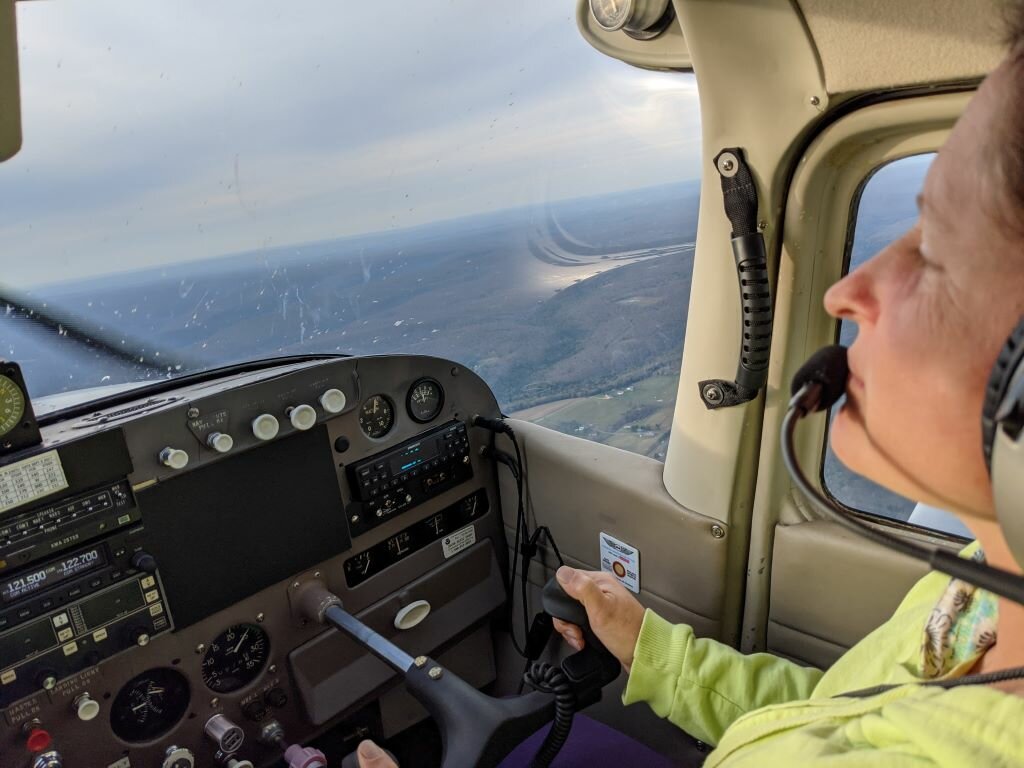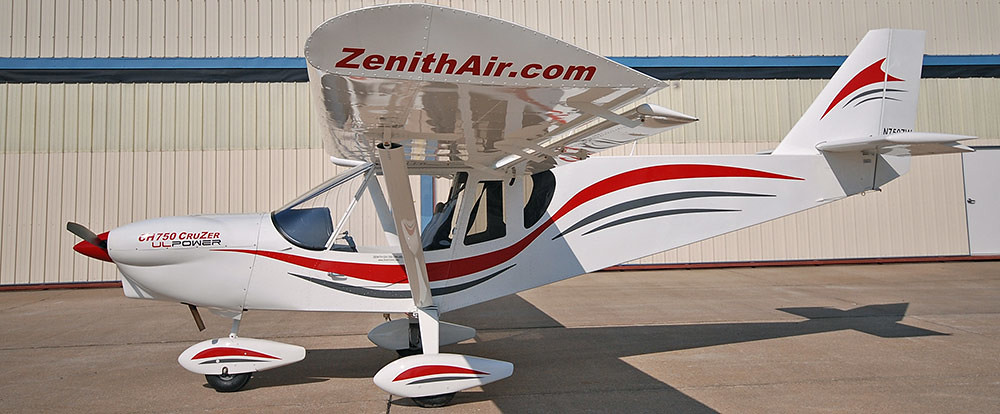This site is to document the building and eventual flying of N622JC,
an experimental aircraft built in the garage of the Cowgar family. I
looked at various build log tools but none accomplished exactly what
I wanted. Being a computer programmer, it was not hard to create this
output using Hugo, a site generator. I simply
create a new Markdown
file in the correct directory on my computer and a new site is
generated and deployed.
There are a few main parts of the website that may be of interest
to you.
Blog
This is where we write about a particular topic. It is not a “work log”
or part of the build log, but something that we simply wish to share
with our followers.
Work Log
This is our Work Log, or Build Log. The FAA requires proof that we
did indeed build the aircraft. We have chosen to provide this proof
through extensive documentation of each step we take to build our
aircraft.
Work Log entries are classified as to what Milestone it is associated
with and what type of Activity it was. For example, Tail and Building,
or Fuselage and Researching.
Work Log entries almost always have pictures. We start with a picture
of the current state and generally close with a picture of the end
state for that work session. Of course, all sorts of pictures in the
middle. I like to take pictures of the progress but also the people who
help out.
Work Log entries are also tallied on different pages, Milestones,
Activities and People. On those pages you will see how much time was
spent for each item. For example, how long did we spend on the Tail? Look
at the Tail milestone. How much time did we spend Building vs. Planning?
Look at the Activities page.
Milestones
When building an aircraft, you can not look at it as such. It is a very
long process and if you attach the L-bracket A to sheet metal B, it may
be hard to see an aircraft in that step, therefore, hard to see progress.
Without progress, discouragement sets in.
Milestones breaks the process down into manageable chunks of work. We can
look at the Milestone page and see incomplete milestones turning complete
and get a great sense of progress. Seeing more and more items turn “green”
is a great motivator.
Activities
We chose to track everything that we do with our aircraft build, not just
the “build.” For example, we may have to learn a new skill. Learning that
skill may not directly get us closer to having a finished aircraft but it
was necessary in order to complete the build. Therefore, we document those
items.
Activities include:
- Learning – Educating ourself on a topic new to us
- Researching – What engine should we use? What kit should we buy? What
avionics should we place in it? What did other builders do to customize their
aircraft?
- Planning – How should we execute a particular task?
- Preparing – Hands on activities setting us up to build. Inventorying, Setting
up shop, Organizing parts for the next phase, etc.
- Building – Hands on assembly of aircraft parts.
People
I wanted to be able to look back at our project for many years to come and
see who has helped this project along. Therefore, each work session we have,
I document who was part of that session.



